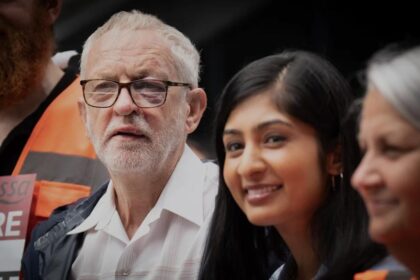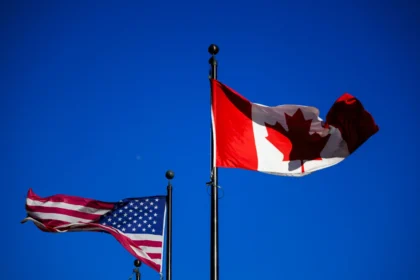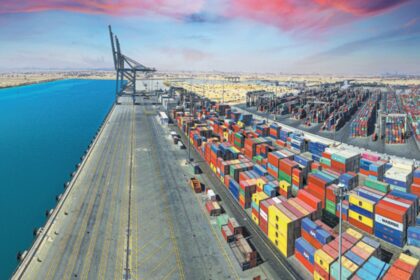Despite the European Union’s (EU) desire to promote gender equality, the leadership positions in the European Commission may not be accessible to women in the future. This is in contrast with the association’s efforts to increase female representation and to bridge the pay disparity between men and women.
European Commission President Ursula von der Leyen had recently asked for nominations of both male and female candidates for the executive arm of the association. However, most countries only nominated males, whereas only five countries complied with what she had asked for.
This non-compliance by European states raised concerns as it weakened the EU’s attempts to promote gender equality and made it difficult for women to rise to leadership positions. What further complicates the situation is that the European Commission is currently led by von der Leyen and Kaja Kallas, but these roles may not be accessible to women in the future, rather male leadership may be in power for the next five years.
During von der Leyen’s leadership, the European Commission ensured gender equality in top positions. Many argue that women’s representation in top positions is essential for the EU to address the needs of women. However, considering the resistance von der Leyen’s efforts face, she might face a setback this time around.
Despite nominating male candidates, some countries argued that they were choosing candidates irrespective of gender. Ireland is among the states that made their decision on the basis of choosing the right person to do the job, be it male or female.
Women in leadership positions
Women are now rising to leadership positions in different parts of the world. Pakistan, the first Muslim country to have a female prime minister when the late Benazir Bhutto rose to power, saw Maryam Nawaz, the daughter of Pakistan Muslim League-Nawaz (PML-N) President Nawaz Sharif, become the chief minister of Punjab following the elections this year. No woman has ever served as the head of a province in Punjab, but Maryam’s accession was seen by many as a positive step in the quest for gender equality.
Notable examples from Pakistan also include the ascent of Justice Ayesha Malik as the first female judge of the Supreme Court of Pakistan, Lt Gen Nigar Johar Khan to become the lieutenant-general of the Pakistan Army, and Helena Saeed to become the first woman Additional Inspector General of Police and UN Police Commissioner.
Separately, in Peru, Dina Boluarte became the 64th president of the country in 2022 and became the first woman to hold this office. Similarly, in Italy, Giorgia Meloni became the first woman prime minister of the European nation in 2022. Another notable step towards inclusivity – not just limited to gender but to disadvantaged communities as well – was the election of Droupadi Murmu as the 15th president of India. Ms. Droupadi is the second woman president of India, but the first one from the tribal community.
Lastly, the United States, a global champion of gender equality, is yet to have a woman assume the presidency. While Kamala Harris became the first women vice-president of the US in 2021, she is in the race to become the first woman president of the US this year. Her candidature for the top slot came to light after incumbent US President Joe Biden pulled out from the presidential race citing his age. Mr. Biden was under pressure from various high-profile members of the society following the debate with ex-president Donald Trump earlier in June.
















